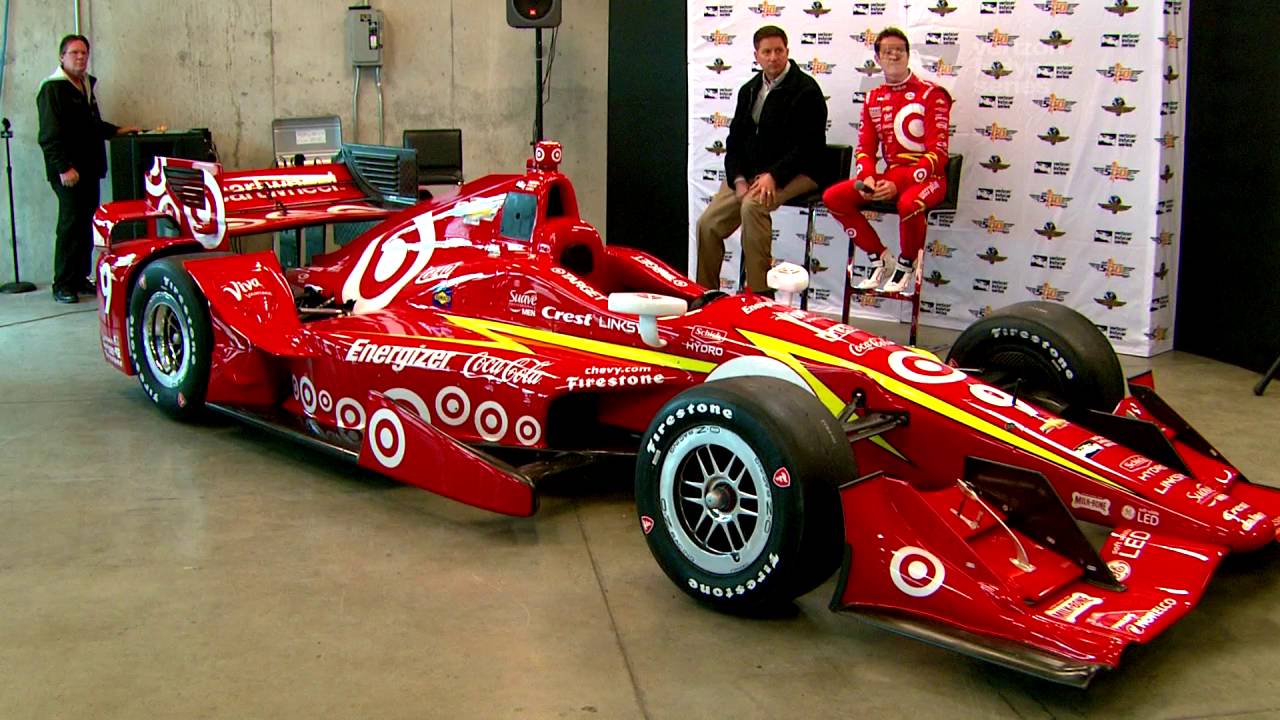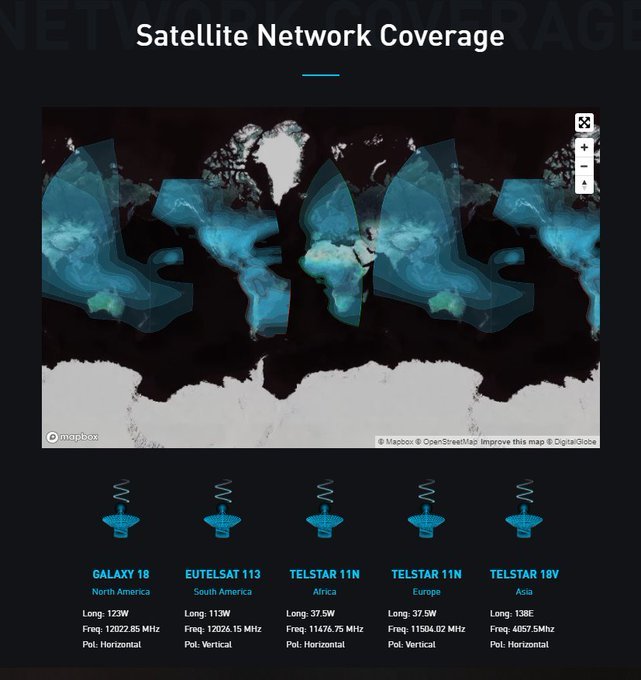Lightning Network
How the Lightning Network is Driving Bitcoin Adoption

It’s been a great month for the cryptocommunity as Bitcoin's price rose sharply. This growth can be attributed to a combination of factors. One of these factors that can't be ignored is the Lightning Network. This off-chain protocol continues to drive Bitcoin adoption in major ways.
Not a Baby Anymore
While the Lightning Network is still in its Beta testing stages, is not a baby anymore. According to recent 1ml stats, there are now 8,375 active nodes globally. This is a 4.36-percent increase over last month’s numbers. Impressively, the network has 37,652 channels with a total network capacity of 1,038.31 BTC.
Driving Bitcoin Adoption
The growth of both, the user, and development side of the Lightning Network fueled further Bitcoin adoption over the last six months. A recent report highlighted the correlation between the two, and why this trend is set to continue. Simply put, private payment channels enable Bitcoin users to send and receive Bitcoin faster and at a more affordable rate versus the Bitcoin mainnet. Not surprisingly, people are all for both of these perks.
More Options than Ever Before
The reality is that it has never been easier to get started using the Lightning Network. The ecosystem now includes a huge selection of Lapps, hardware, and just overall, cool projects. For example, users can now decouple from the traditional internet and take their crypto trading into space via the Blockstream Satellite network.

Blockstream Satelite
A Better UX
At first, LN-developers were scarce. These core developers focused on creating a faster and cheaper method of sending Bitcoin with little regard for UX. This strategy was effective and necessary during the early development stages of the project, but it left non-technical users at a disadvantage. Over the last year, a swarm of UX-based Lightning Network developers entered the space. These creative minds developed ways to remove the technical barriers initially encountered.
For example, the Breeze wallet enables users to send and receive LN-transactions without having to set up a node. Instead, the platform handles these tasks in the background, without disturbing the user experience. This wallet is just one of a number of UX-based Lightning Network concepts to enter the market recently.
Apple Watch
Another company focused on a better UX is BlueWallet. This week the popular crypto wallet platform BlueWallet released its Apple Watch Lapp. This Lapp allows users to send and receive Bitcoin without having to pull your phone from your pocket. The concept showcases how developers continue to push the boundaries of the UX experience.
The Lightning Network Community Expanded
In addition to the hardware and software support that the Lightning Network received, there was another important factor that must be discussed – the growing community. The Lightning Network community continues to expand. Now, Lightning Network meet-ups are more common. One of the largest of these conferences is the Lightning Network Hack day held in Munich. This convention allows those interested in developing, using, or incorporating the Lightning Network to fully experience its capabilities.
Also, this revolutionary protocol received some celebrity endorsements recently, including a shout out from Twitter CEO Jack Dorsey. These endorsements, coupled with growing interests in cryptocurrency in general, create a scenario where the Lighting Network is thrust into the spotlight.
More Light to Come
As the cryptomarket starts to peak out of a two-year-long bear market, it is important to remember what factors contributed to this growth. The Lightning Network proves to be a driving force within the crypto community. You can expect to see this revolutionary protocol ushering in new users to the digital economy as the cryptomarket expands.











